Home>Furniture & Design>Bathroom Accessories>What Causes Clear Slime In Toilet Bowl
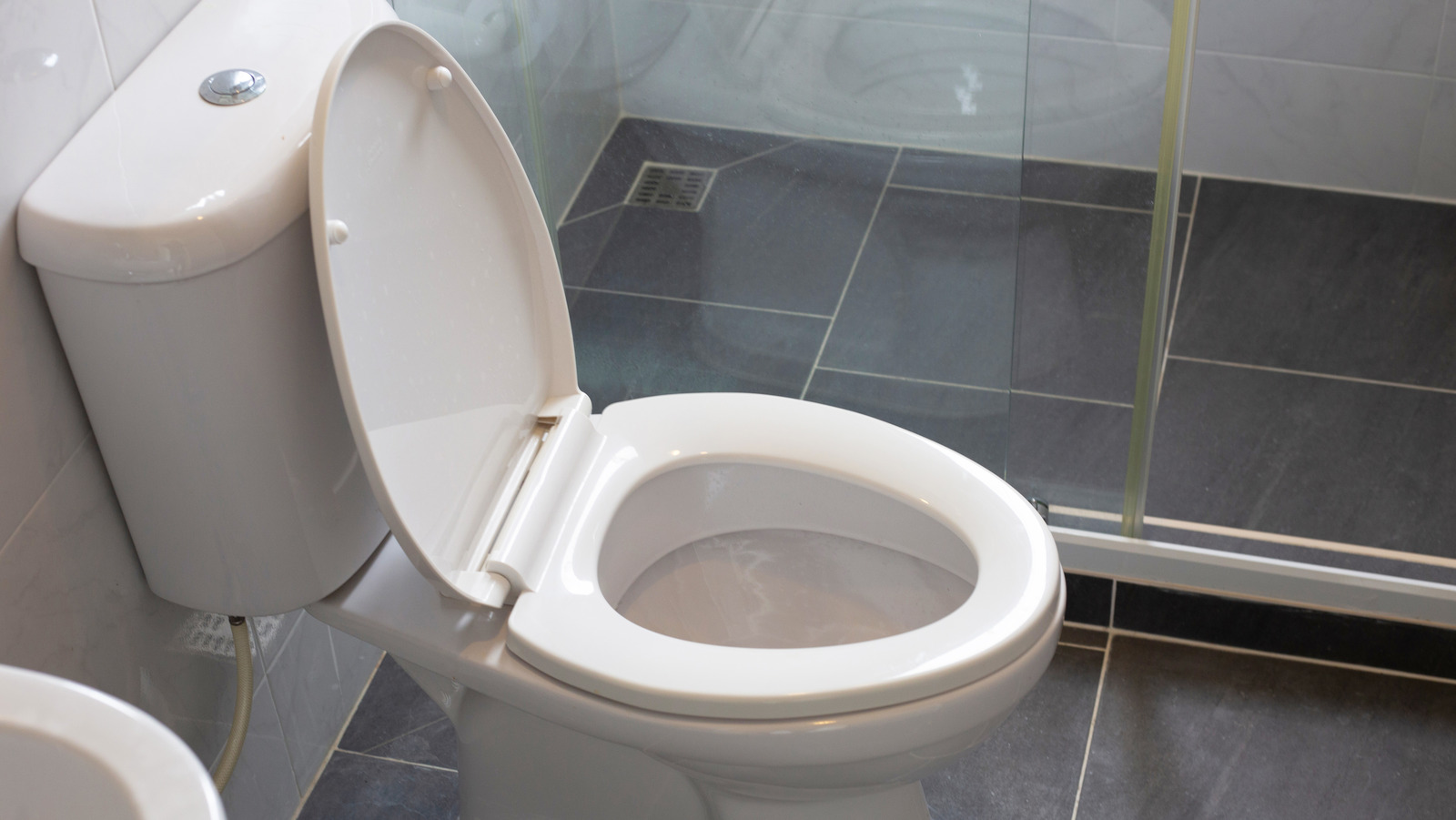

Bathroom Accessories
What Causes Clear Slime In Toilet Bowl
Modified: October 19, 2024
Learn about the causes of clear slime in the toilet bowl and how bathroom accessories can help prevent and eliminate it. Keep your bathroom clean and free of slime.
(Many of the links in this article redirect to a specific reviewed product. Your purchase of these products through affiliate links helps to generate commission for Storables.com, at no extra cost. Learn more)
Introduction
The sight of clear slime in your toilet bowl can be quite disconcerting. It's not only unsightly but also raises concerns about the cleanliness and hygiene of your bathroom. Understanding the causes of this issue is crucial in effectively addressing and preventing it. In this article, we will delve into the various factors that contribute to the formation of clear slime in toilet bowls, shedding light on the underlying reasons behind this common bathroom nuisance.
Clear slime in the toilet bowl can be attributed to several factors, including hard water buildup, bacteria and mold growth, and residue from cleaning products. Each of these factors plays a distinct role in the formation of the slimy residue that can accumulate in the toilet bowl, leading to an unappealing and unhygienic appearance.
By exploring these causes in detail, we aim to equip you with the knowledge needed to tackle this issue effectively. Whether you are dealing with an existing problem or seeking preventive measures, understanding the root causes of clear slime in the toilet bowl is the first step toward maintaining a clean and inviting bathroom environment. Let's delve into the specifics of each contributing factor to gain a comprehensive understanding of this common bathroom concern.
Key Takeaways:
- Say goodbye to clear slime in your toilet bowl by tackling hard water buildup with a water softener and specialized cleaning products. Keep your bathroom clean and inviting with proactive maintenance practices.
- Combat clear slime in your toilet bowl by addressing bacteria, mold growth, and cleaning product residue. Regular cleaning, proper ventilation, and thorough rinsing can maintain a hygienic and visually appealing bathroom environment.
Read more: What Causes Toilet Bowl Stains
Hard Water Buildup
Hard water, which contains high levels of minerals such as calcium and magnesium, is a common culprit behind the formation of clear slime in toilet bowls. When hard water is used for flushing and filling the toilet bowl, it can leave behind mineral deposits that gradually accumulate and form a slimy residue. This buildup is often characterized by a translucent or slightly cloudy appearance, giving the toilet bowl an unclean and neglected look.
The minerals present in hard water can react with the air and other substances in the toilet bowl, leading to the formation of a slimy film. This film can adhere to the surfaces of the bowl, including under the waterline and around the rim, creating an environment conducive to the growth of bacteria and mold. As a result, the toilet bowl may develop a slimy texture that is visually unappealing and poses hygiene concerns.
To address hard water buildup and prevent the formation of clear slime in the toilet bowl, it is essential to consider water softening solutions. Installing a water softener can help reduce the mineral content in the water, minimizing the accumulation of deposits in the toilet bowl. Additionally, regular cleaning with products specifically designed to combat hard water stains can help remove existing buildup and prevent the formation of clear slime.
Furthermore, incorporating routine maintenance practices, such as using vinegar or lemon juice to dissolve mineral deposits, can aid in keeping the toilet bowl free from slimy residue. By addressing the root cause of hard water buildup, you can effectively mitigate the formation of clear slime in the toilet bowl, ensuring a clean and well-maintained bathroom environment.
Understanding the impact of hard water on toilet bowl cleanliness is essential for implementing targeted solutions to combat clear slime buildup. By taking proactive measures to address hard water-related issues, you can maintain a hygienic and visually appealing toilet bowl, enhancing the overall cleanliness and comfort of your bathroom space.
Bacteria and Mold Growth
Bacteria and mold growth are significant contributors to the formation of clear slime in toilet bowls. The moist and often neglected environment of the toilet bowl provides an ideal breeding ground for these microorganisms, leading to the development of slimy residue that can be both visually unappealing and unhygienic.
Bacteria, including common strains such as E. coli and coliform bacteria, thrive in the moist and nutrient-rich environment of the toilet bowl. When combined with organic matter and mineral deposits, these bacteria can form a slimy film that coats the surfaces of the bowl, particularly in areas with limited exposure to air and light. This slimy residue can give the toilet bowl a neglected appearance and contribute to unpleasant odors, posing hygiene concerns for users.
Similarly, mold spores present in the bathroom environment can settle and proliferate in the moist conditions of the toilet bowl. The growth of mold, characterized by fuzzy or slimy patches, can lead to the formation of clear slime that adheres to the bowl's surfaces. This slimy residue not only detracts from the cleanliness of the toilet bowl but also presents potential health risks, especially for individuals with respiratory sensitivities or allergies.
To address the issue of bacteria and mold growth contributing to clear slime in the toilet bowl, proactive cleaning and maintenance practices are essential. Regular and thorough cleaning of the toilet bowl, including under the rim and along the waterline, can help prevent the buildup of bacteria and mold. Using disinfecting cleaners specifically formulated to target bacteria and mold can effectively eliminate these microorganisms, reducing the likelihood of clear slime formation.
In addition to cleaning, promoting proper ventilation in the bathroom can help minimize the moisture levels in the toilet bowl environment, creating a less favorable habitat for bacteria and mold. Ensuring adequate airflow and light exposure can contribute to a drier and less hospitable environment for these microorganisms, thereby reducing the potential for clear slime formation.
By addressing the issue of bacteria and mold growth in the toilet bowl, you can effectively mitigate the formation of clear slime, promoting a hygienic and visually appealing bathroom environment. Implementing targeted cleaning and maintenance practices can help combat the underlying causes of clear slime formation, ensuring that your toilet bowl remains clean, fresh, and free from unsightly residue.
To prevent clear slime in the toilet bowl, regularly clean the toilet with a brush and use a toilet bowl cleaner containing bleach or hydrogen peroxide to kill the bacteria causing the slime.
Residue from Cleaning Products
Residue from cleaning products can also contribute to the formation of clear slime in toilet bowls. While the intention behind using cleaning agents is to maintain cleanliness and hygiene, certain products, if not properly rinsed or removed, can leave behind residues that promote the accumulation of slimy buildup.
Cleaning products such as toilet bowl cleaners, disinfectants, and bleach-based solutions contain various chemicals and additives designed to target stains, bacteria, and odors. When these products are applied to the toilet bowl and not thoroughly rinsed or flushed away, residual traces can linger on the bowl's surfaces. Over time, these residues can interact with mineral deposits, organic matter, and environmental factors, leading to the formation of a slimy film that coats the interior of the toilet bowl.
The presence of residual cleaning product compounds the issue of clear slime formation, as it can create an adhesive surface for other substances to adhere to, exacerbating the buildup of slimy residue. Additionally, the chemical composition of certain cleaning products can react with minerals in the water, contributing to the formation of translucent or slimy deposits that detract from the cleanliness and appearance of the toilet bowl.
To address the impact of cleaning product residue on clear slime formation, it is essential to adopt thorough rinsing and flushing practices after using toilet cleaning agents. Ensuring that the toilet bowl is adequately flushed and rinsed following the application of cleaning products can help minimize the potential for residual buildup. Additionally, using cleaning products in accordance with manufacturer instructions, including recommended dilution ratios and application techniques, can aid in preventing excessive residue from accumulating in the toilet bowl.
Furthermore, incorporating periodic deep cleaning sessions, during which the toilet bowl is thoroughly scrubbed and rinsed, can help remove any existing cleaning product residues and prevent the formation of clear slime. Utilizing non-abrasive cleaning tools and following a systematic cleaning routine can aid in effectively addressing residual buildup, maintaining the cleanliness and hygiene of the toilet bowl.
By acknowledging the role of cleaning product residue in clear slime formation and implementing targeted cleaning practices, you can effectively mitigate this issue, ensuring that your toilet bowl remains free from unsightly slimy buildup. Proactive management of cleaning product residues can contribute to a cleaner, fresher, and more visually appealing bathroom environment, promoting overall hygiene and comfort for users.
Conclusion
In conclusion, the presence of clear slime in the toilet bowl can be attributed to a combination of factors, including hard water buildup, bacteria and mold growth, and residue from cleaning products. Understanding the underlying causes of this common bathroom concern is essential for implementing targeted solutions to address and prevent the formation of slimy residue in the toilet bowl.
By recognizing the impact of hard water on toilet bowl cleanliness, individuals can take proactive measures to combat clear slime buildup. Installing a water softener and utilizing specialized cleaning products can help mitigate the effects of hard water deposits, ensuring a cleaner and more visually appealing toilet bowl. Additionally, incorporating routine maintenance practices, such as using natural cleaning agents like vinegar or lemon juice, can aid in preventing the accumulation of slimy residue associated with hard water.
Furthermore, addressing the issue of bacteria and mold growth in the toilet bowl is crucial for maintaining a hygienic and inviting bathroom environment. Regular cleaning with disinfecting agents and promoting proper ventilation can help minimize the conditions conducive to bacterial and mold proliferation, reducing the likelihood of clear slime formation. By implementing these practices, individuals can effectively combat the underlying causes of clear slime, promoting a healthier and more pleasant bathroom space.
Moreover, acknowledging the impact of cleaning product residue on clear slime formation underscores the importance of thorough rinsing and flushing practices. By ensuring that residual traces of cleaning products are effectively removed from the toilet bowl, individuals can minimize the potential for slimy buildup and maintain the cleanliness and appearance of the toilet bowl. Incorporating periodic deep cleaning sessions and adhering to manufacturer instructions for cleaning product usage can further contribute to preventing the formation of clear slime.
In essence, addressing the root causes of clear slime in the toilet bowl requires a multifaceted approach that encompasses water quality management, hygiene practices, and cleaning product usage. By understanding the interplay of these factors and implementing targeted solutions, individuals can effectively mitigate the formation of slimy residue, ensuring a clean, fresh, and visually appealing toilet bowl. Ultimately, by proactively addressing the underlying causes of clear slime, individuals can maintain a hygienic and inviting bathroom environment, promoting comfort and well-being for all users.
Frequently Asked Questions about What Causes Clear Slime In Toilet Bowl
Was this page helpful?
At Storables.com, we guarantee accurate and reliable information. Our content, validated by Expert Board Contributors, is crafted following stringent Editorial Policies. We're committed to providing you with well-researched, expert-backed insights for all your informational needs.
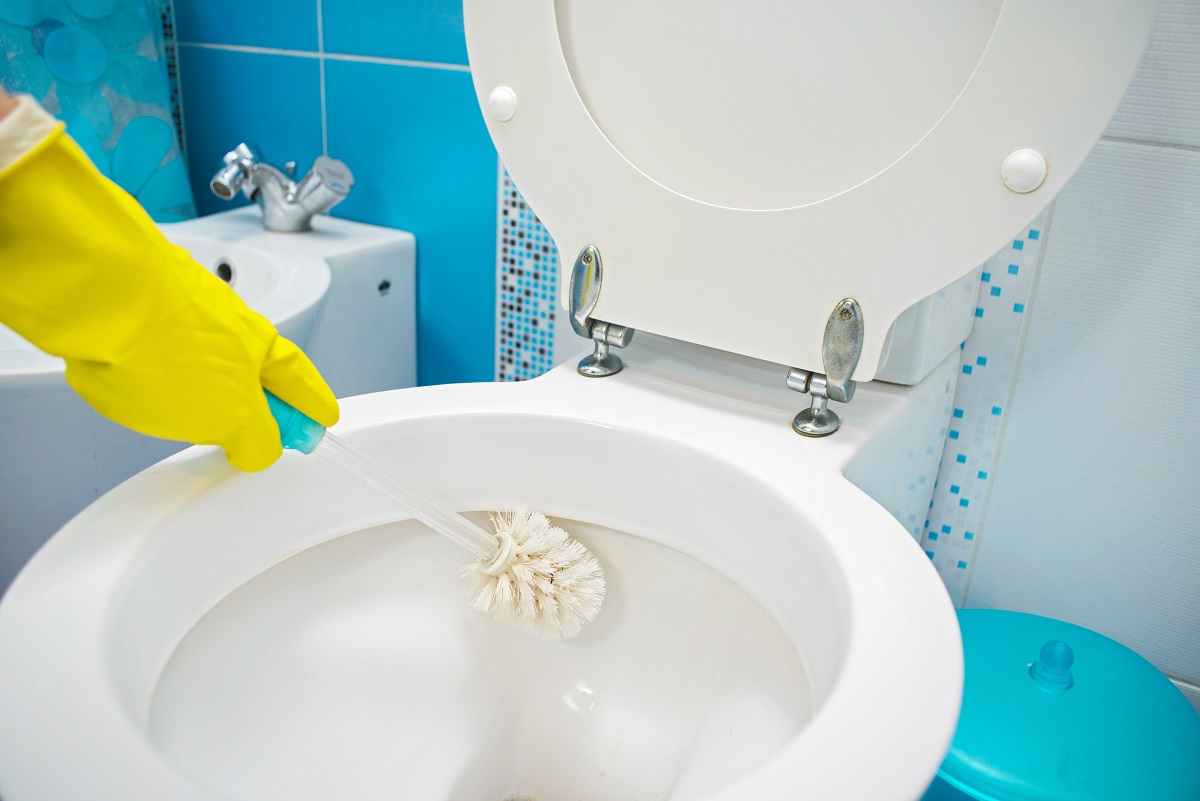
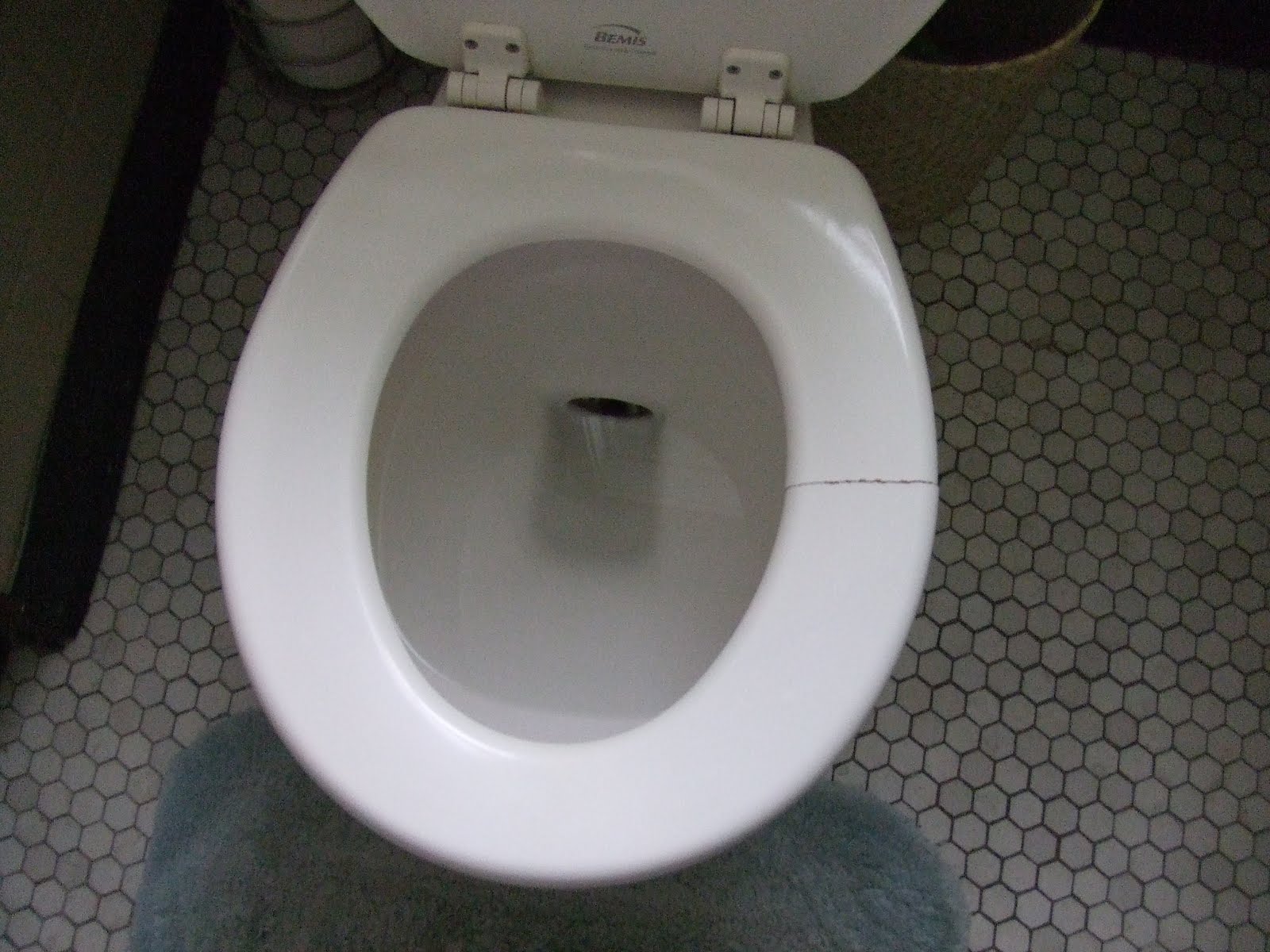
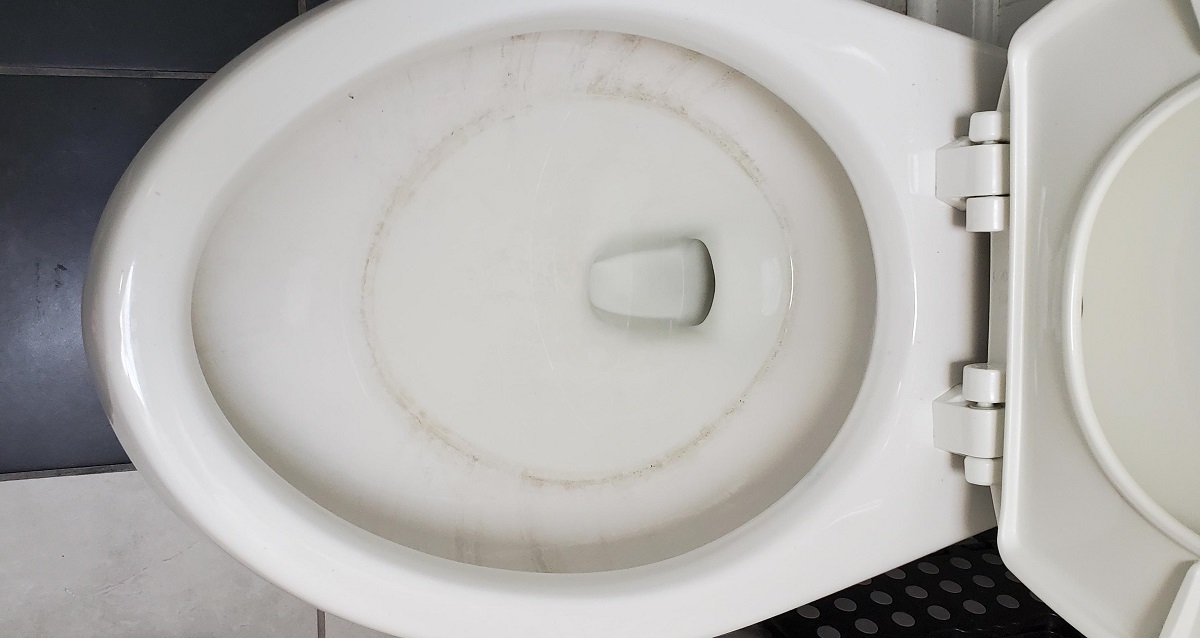
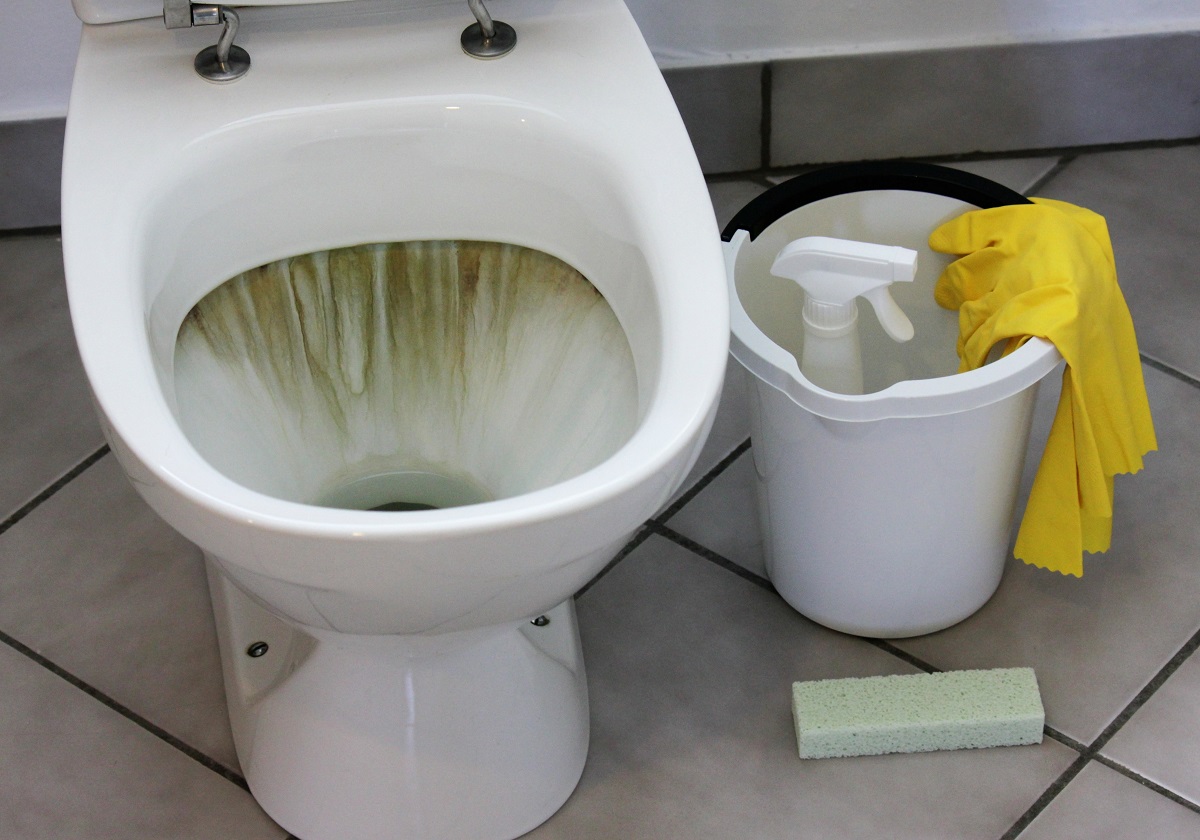
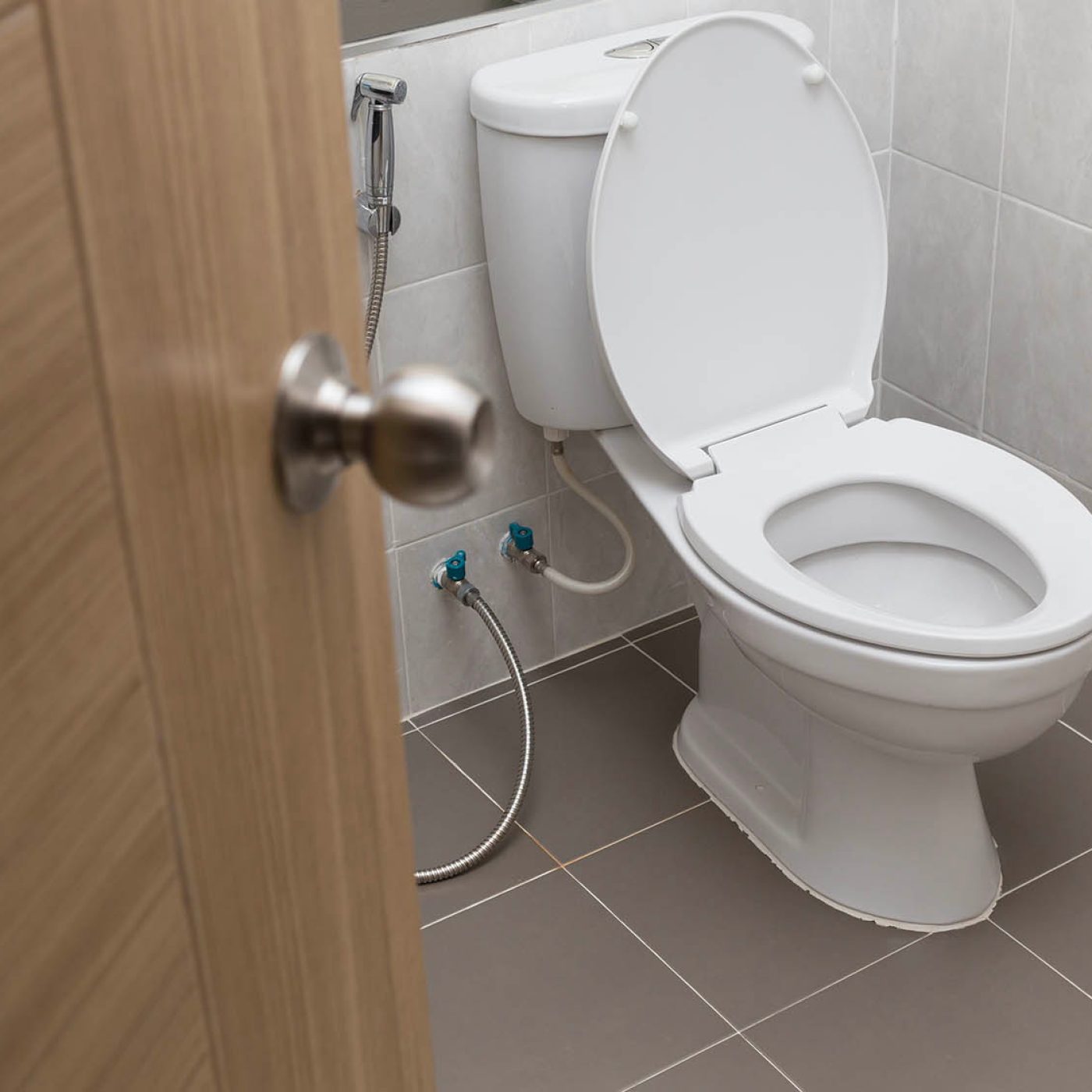
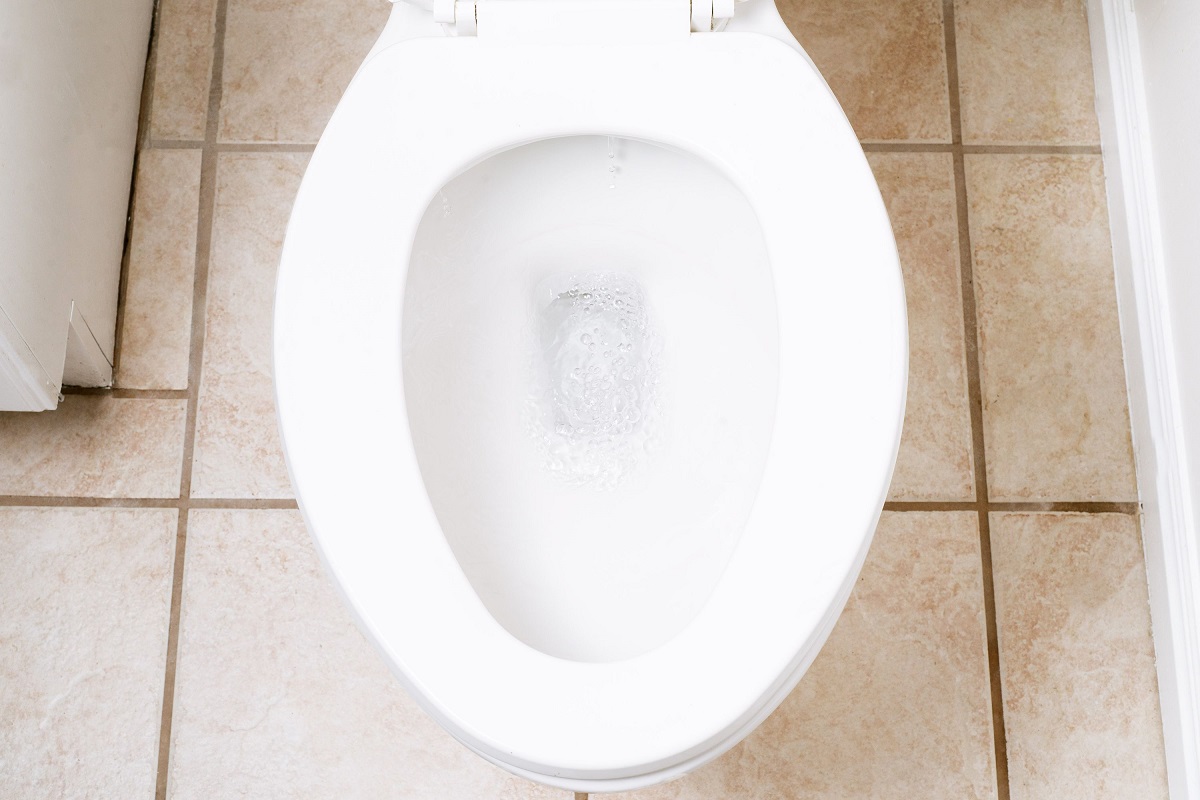
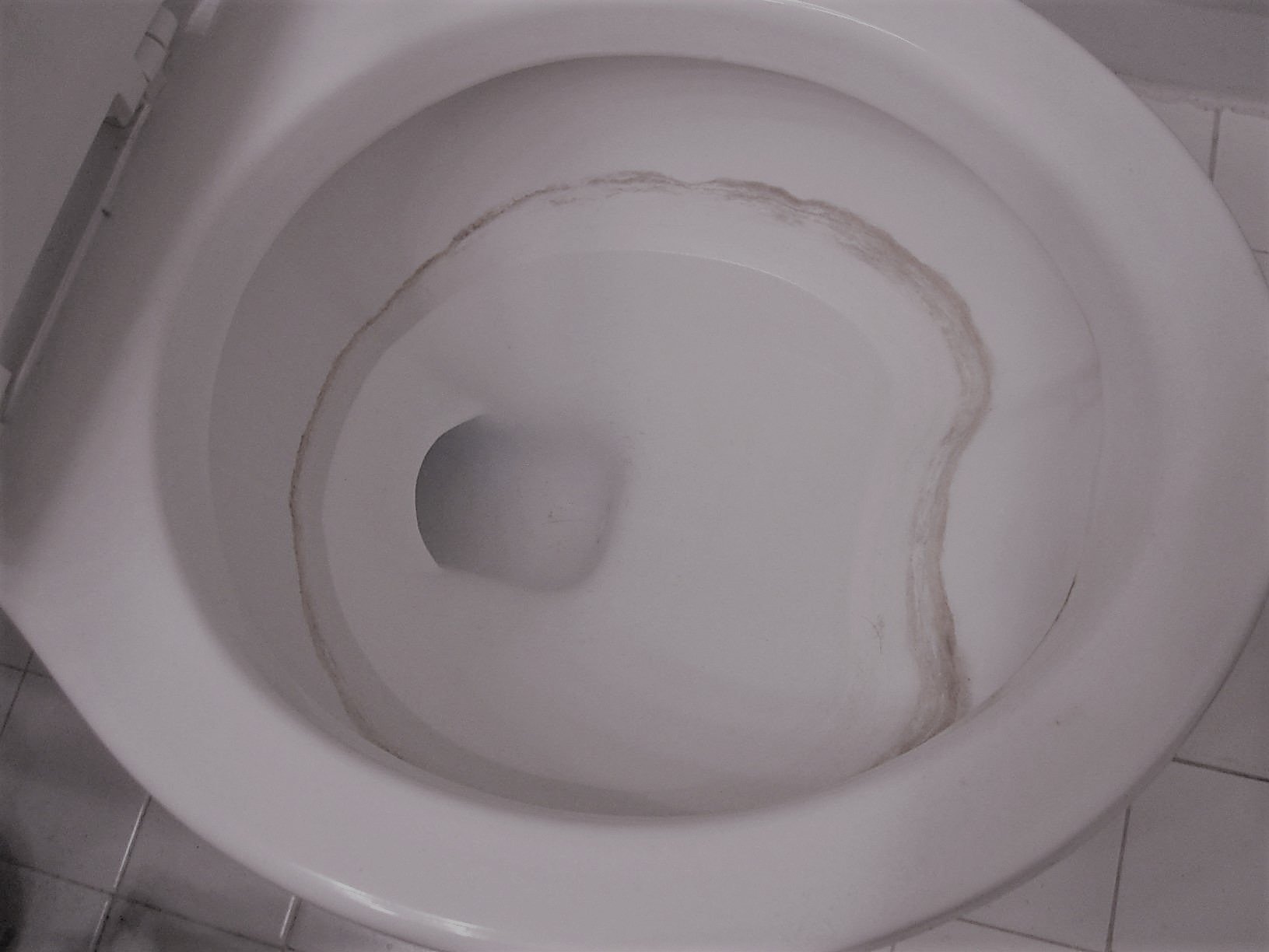
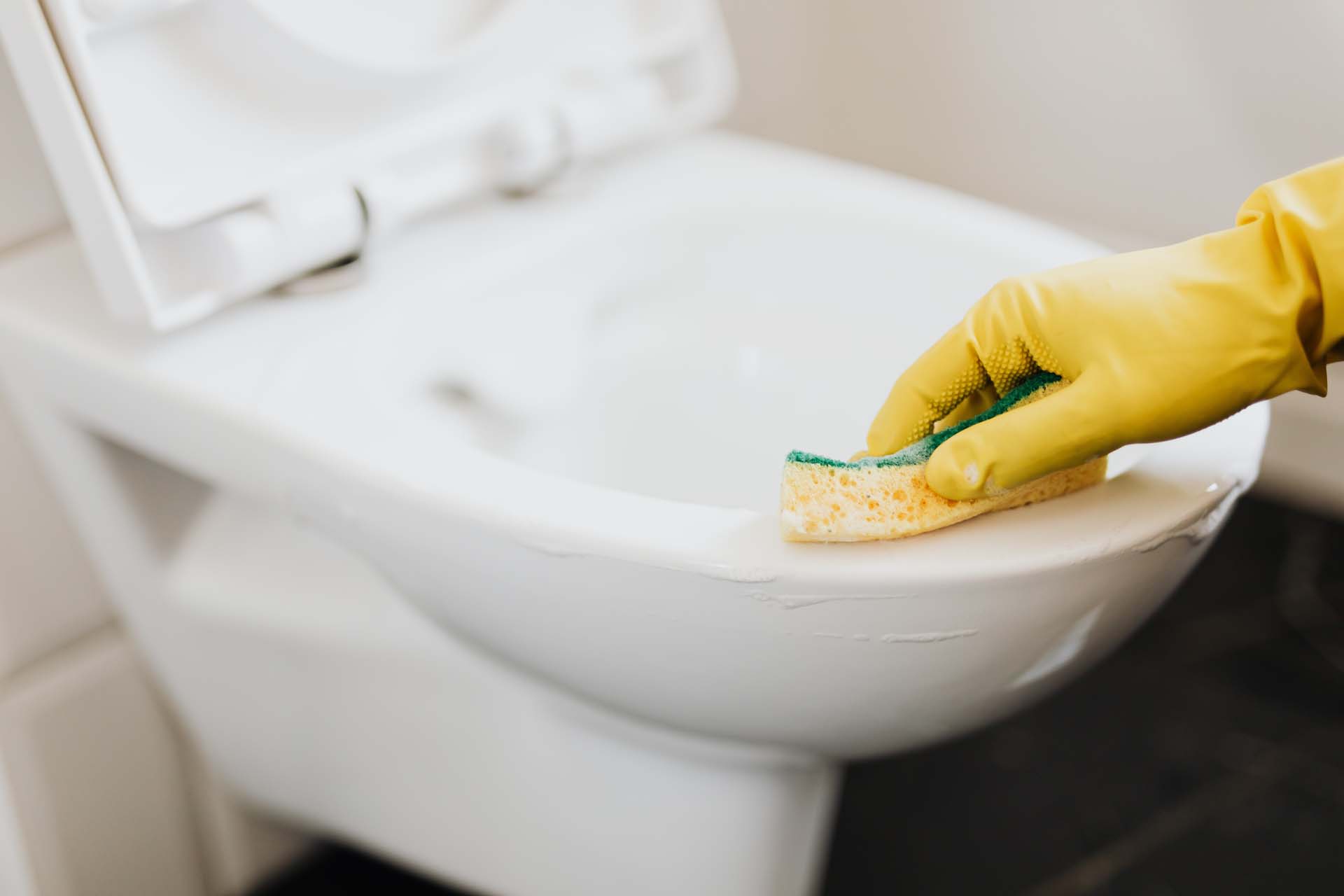
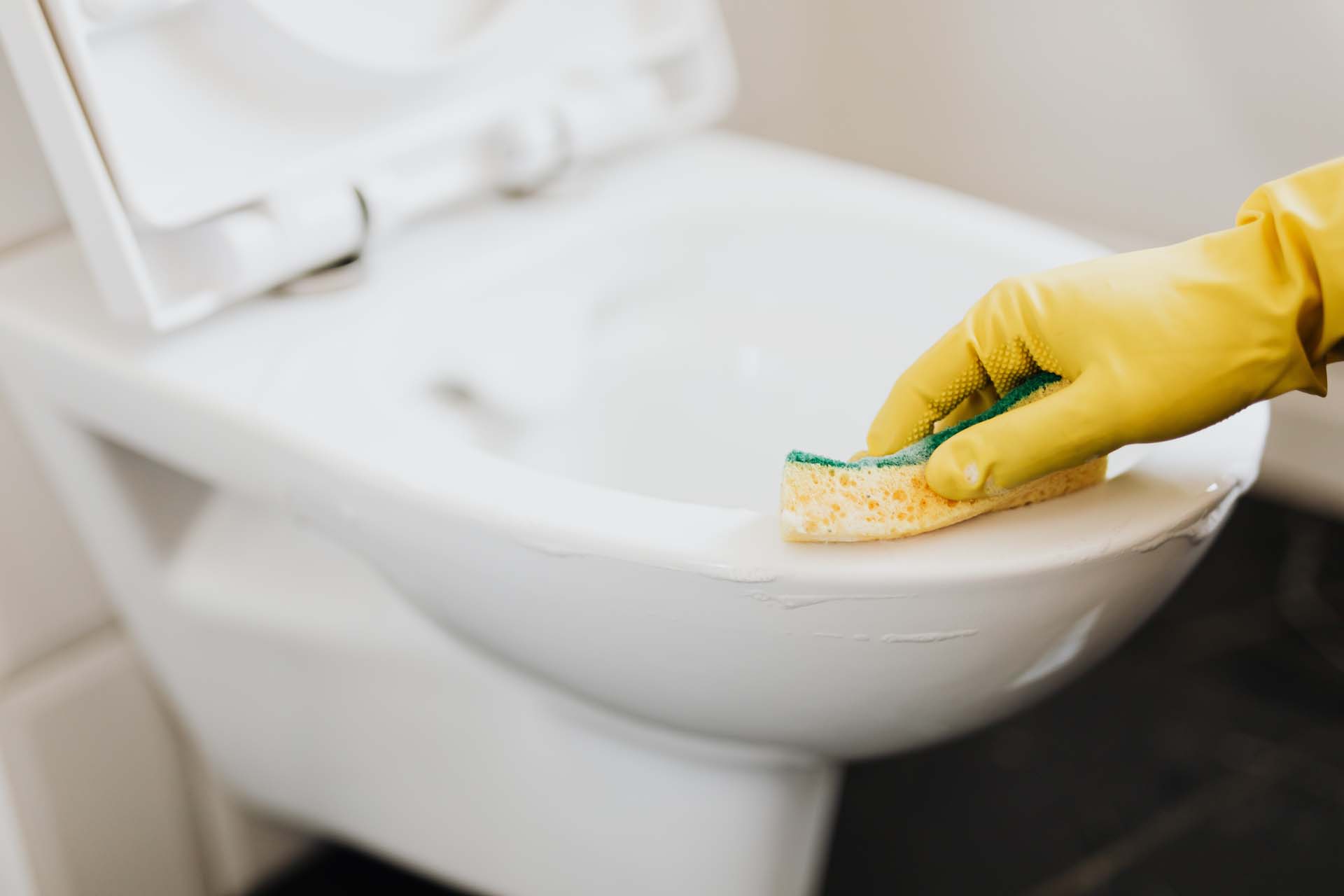
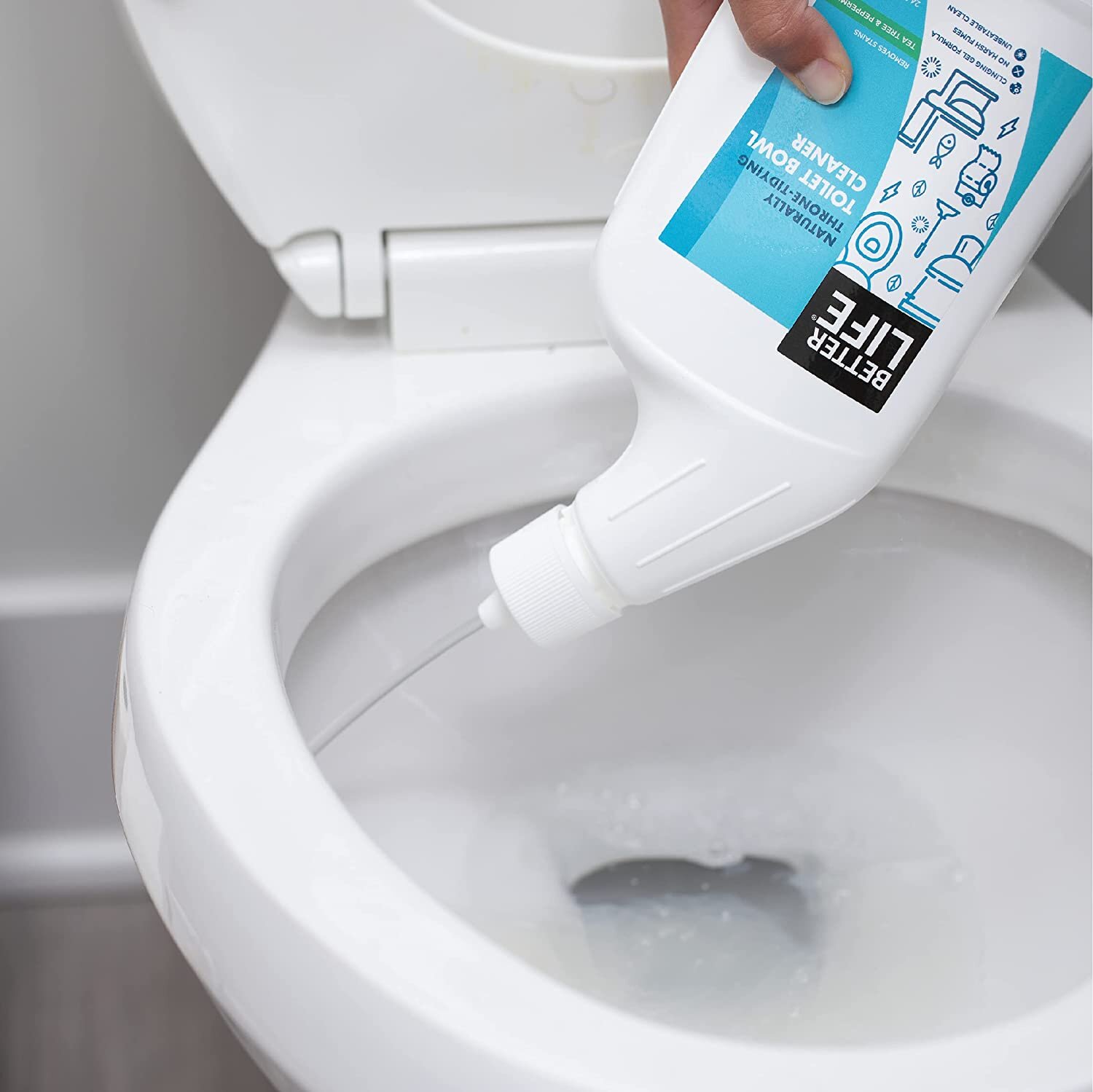
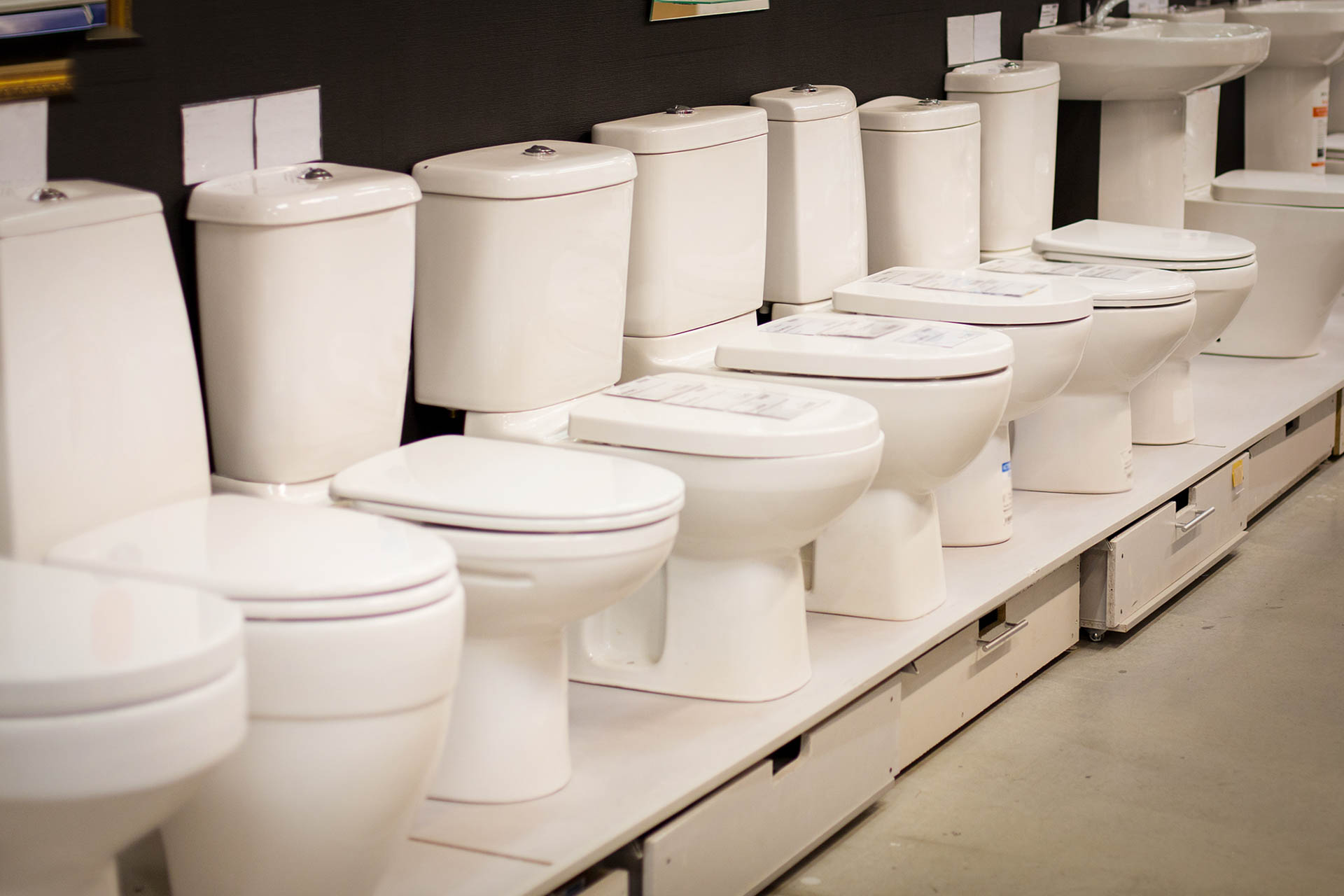
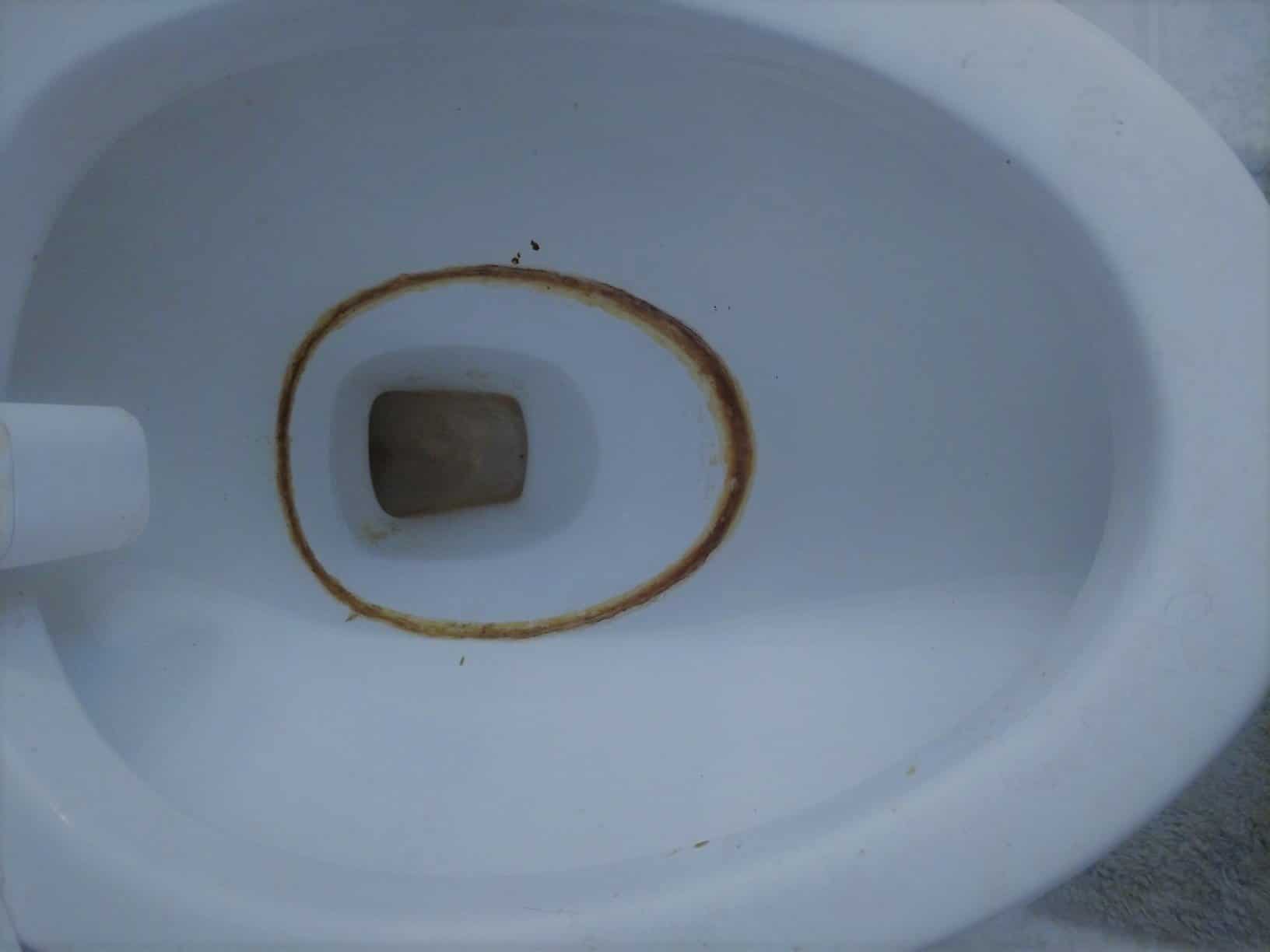
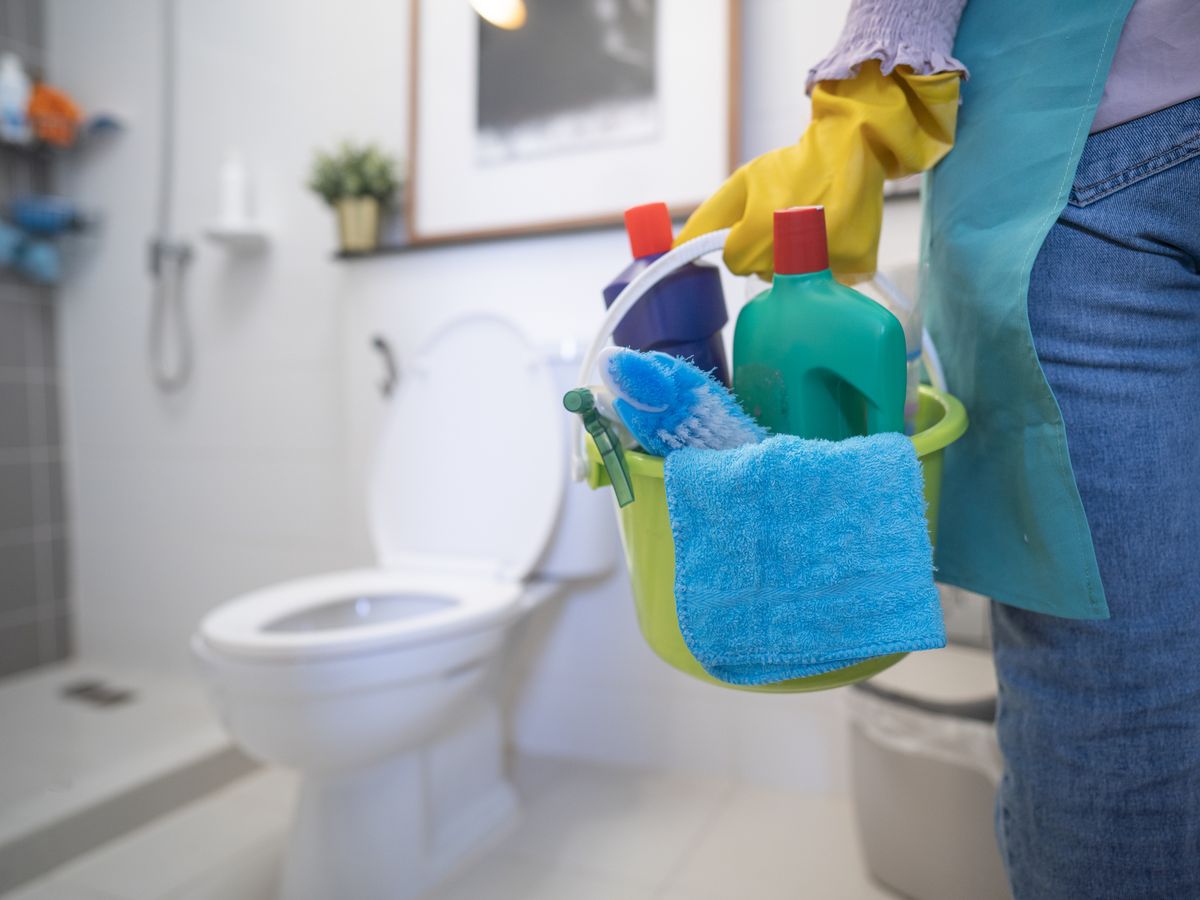
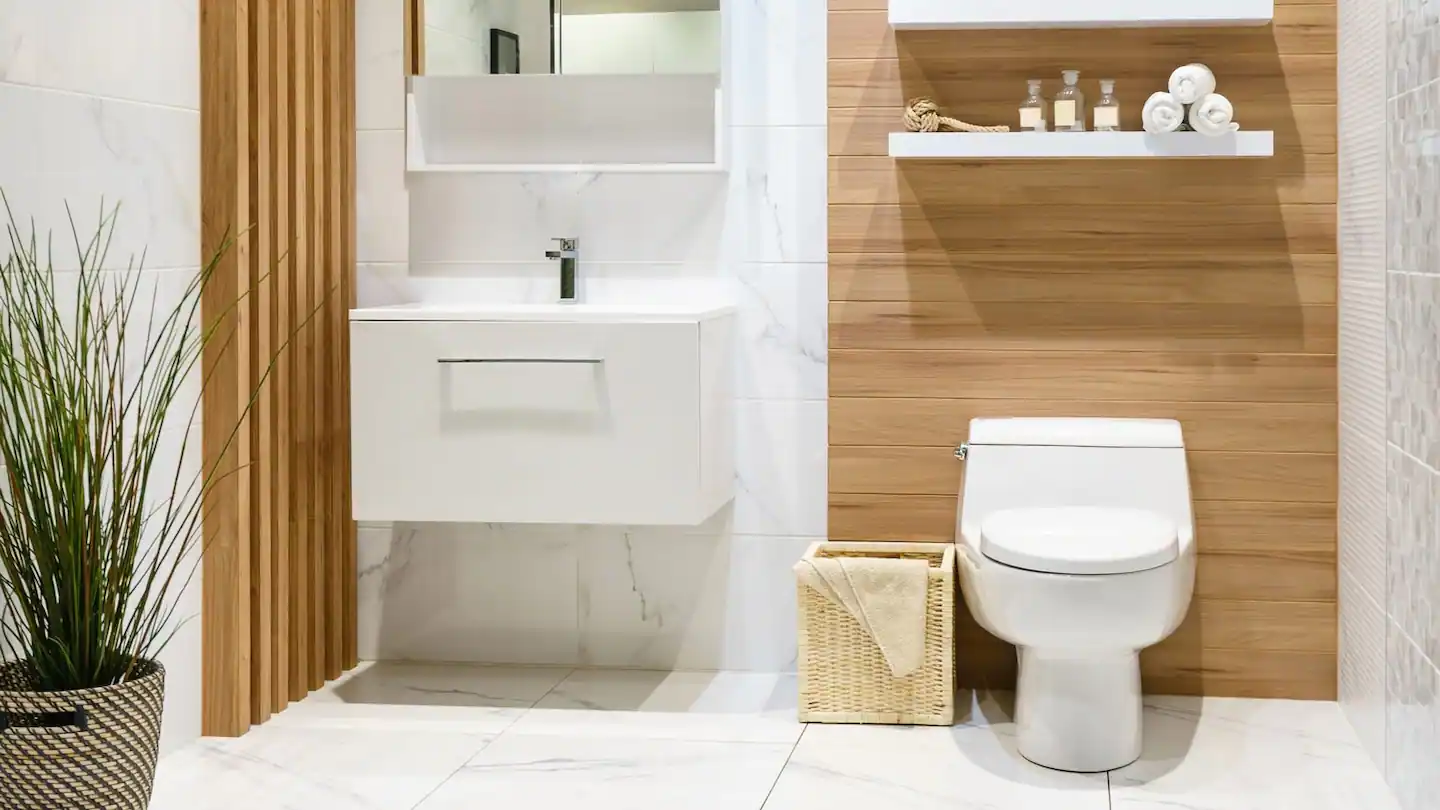
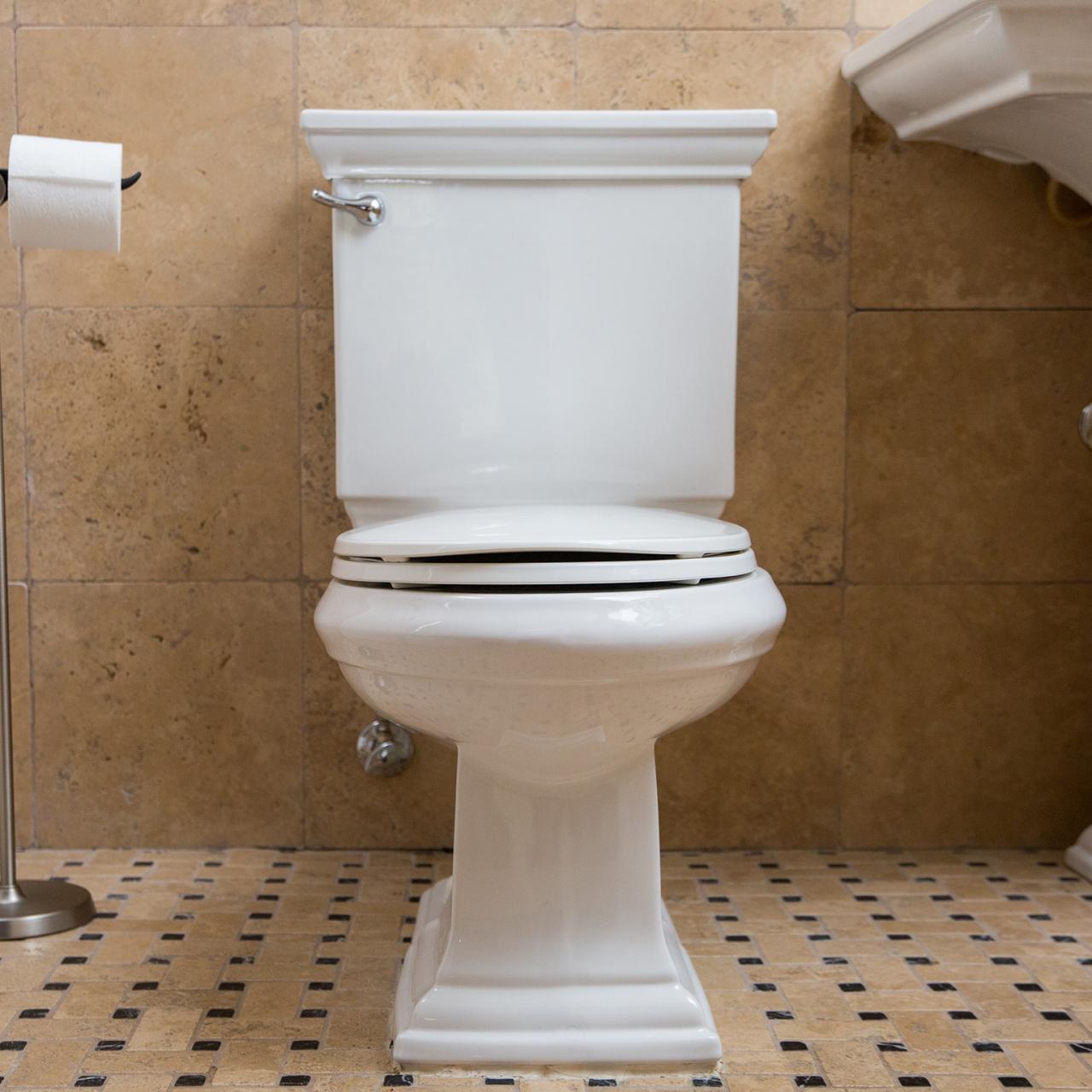

0 thoughts on “What Causes Clear Slime In Toilet Bowl”